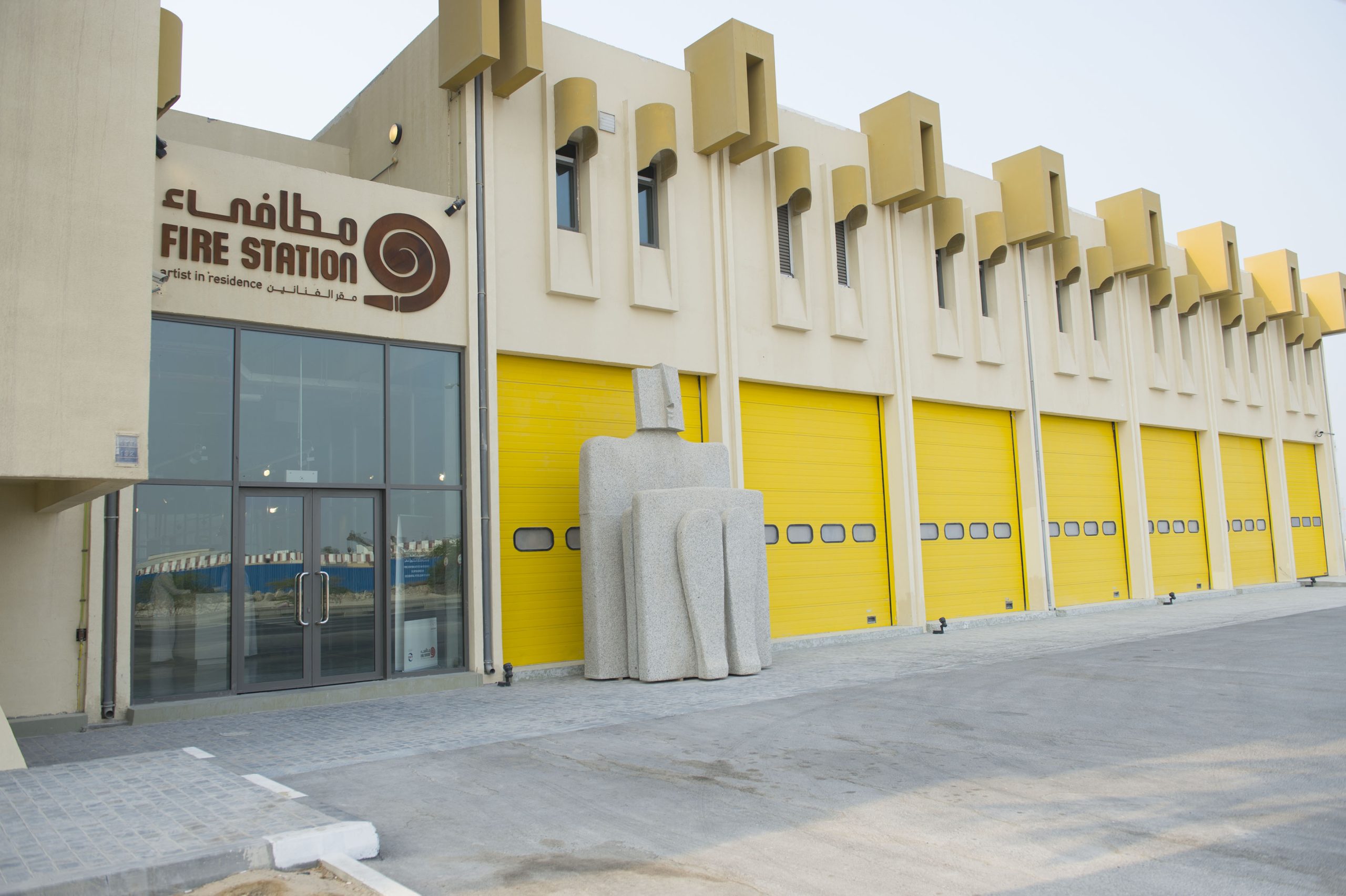Eid Al Adha is recognised as the “greater” Eid and encompasses a span of four days.
Eid Al Adha, also known as the Festival of Sacrifice, is one of the most significant religious celebrations in the Islamic calendar.
The Eid marks the willingness of Prophet Ibrahim to sacrifice his son as a testament to his faith in God. Aside the prominent theme of sacrifice, this occasion encompasses a variety of unique traditions and customs that are observed by Muslims worldwide.
As per traditions set by the Prophet Muhammad, Eid Al Adha begins with early morning prayers, in which Muslims gather in a large space to take part in congregational prayers.
Another common practice observed across both Muslim Eids entails that those who can afford to do so are advised to don new and/or clean clothing to reflect the festive nature of the holy days.
Meaning and sacrifice
Eid Al Adha is recognised as the “greater” Eid and encompasses a span of four days, whilst Eid Al Fitr is commonly referred to as the “smaller” Eid and extends over a duration of three days.
One such defining features of Eid Al Adha is the tradition of animal sacrifice. Muslims who can afford it are obligated to sacrifice a halal animal, typically a sheep, goat, cow or camel. The meat is then divided into three parts between family, friends and neighbours, and those less fortunate.
The sacrificial slaughter goes back to a Quranic story of Prophet Ibrahim, who was asked by God to sacrifice his son Ismail as a test of faith.
This practice symbolises Prophet Ibrahim’s unwavering devotion and willingness to sacrifice his most beloved for the sake of servitude to God.
While some donate this meat to neighbours and members of their local community, the benefits of technology today means that Muslims can pay charity to reach other parts of the world, where the sheep is slaughtered instead and distributed to those most in need.
Takbeerat
Another characteristic that sets Eid Al Adha from the other Muslim Eid are the Takbeerat, phrases proclaiming the oneness and greatness of God.
The time for the Takbeerat of Eid Al Adha differ slightly from that of Eid Al Fitr.
The Takbeerat for Eid Al Adha are recited after every obligatory prayer from the ninth of Dhul Hijjah until the end of the 13th of Dhul Hijjah, the last day of Eid.
On Eid Al Fitr, the Takbeerat start from the night of Eid and typically end after the Eid prayer is completed on the first day of the festival.
Hajj
Eid Al Adha coincides with the third day of Hajj, when pilgrims gather at Mina.
Whilst most Muslims do not perform the Hajj at the same time, as it is obligated once in a lifetime for those who have the capacity and one of the five pillars of Islam, Eid is celebrated by all followers of the faith across the world.
Earlier this month, Saudi Arabia unveiled its largest Hajj operational plan in history, which includes 14,000 staff members and more than 8,000 volunteers to assist pilgrims as they perform the Islamic rituals.
Charity
Eid Al Adha emphasises the spirit of generosity and unity through the distribution of meat among the community.
Muslims are encouraged to sacrifice meat and divide into three equal parts designated for the family, friends and those less fortunate.
In Qatar, the Qatar Red Crescent Society (QRCS) launched its Adhahi campaign earlier this week for this year’s Eid Al Adha season.
Under the slogan ‘Humanity First…Your Sacrifice Makes Them Happy,’ the campaign allows people in Qatar to donate to QRCS in order to distribute meat sacrificed for the annual holiday.
The donations are expected to benefit 59,736 people in Qatar as well as 18 other countries in Asia, Africa, and the Balkans.







